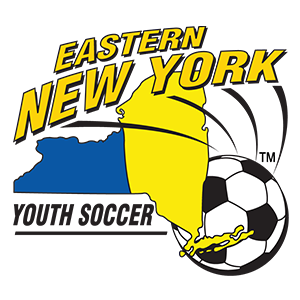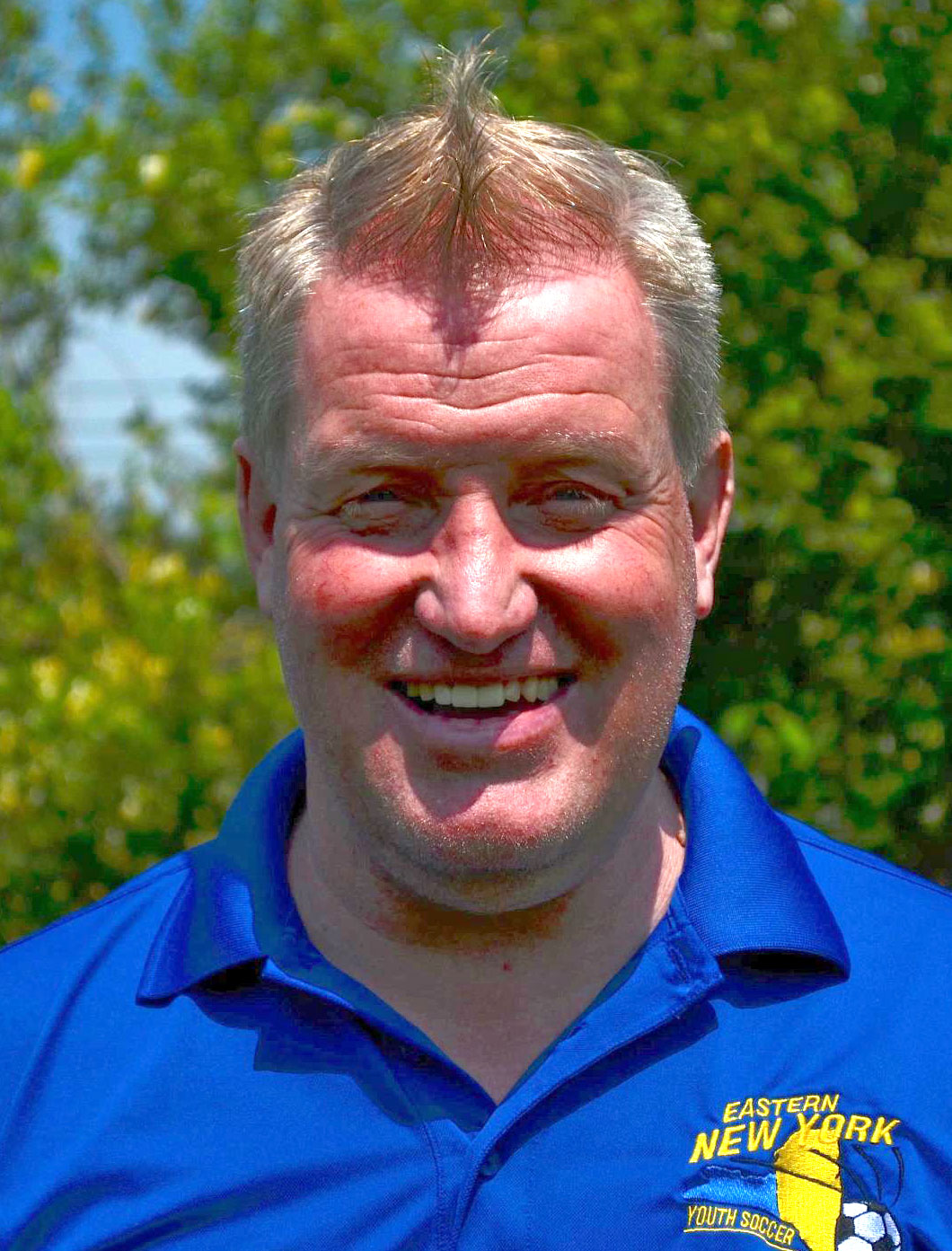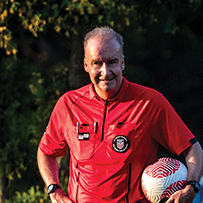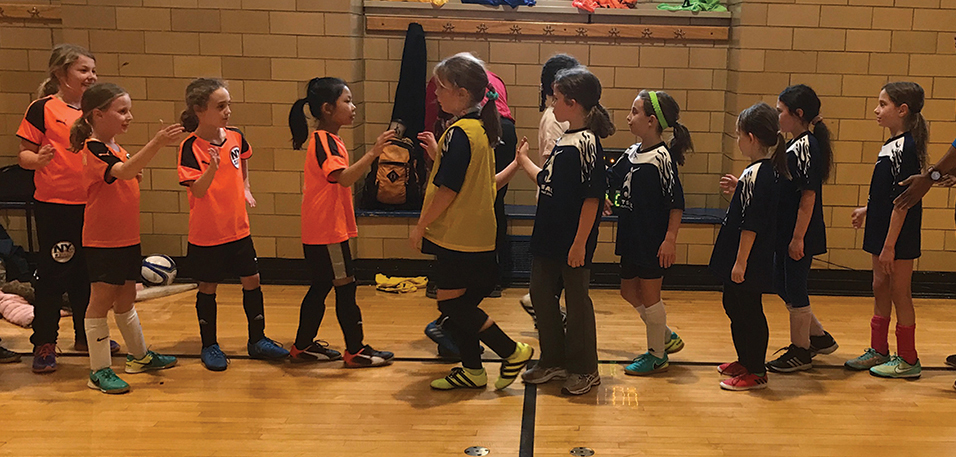By Tim Bradbury, Director of Coaching, Eastern New York Youth Soccer Association
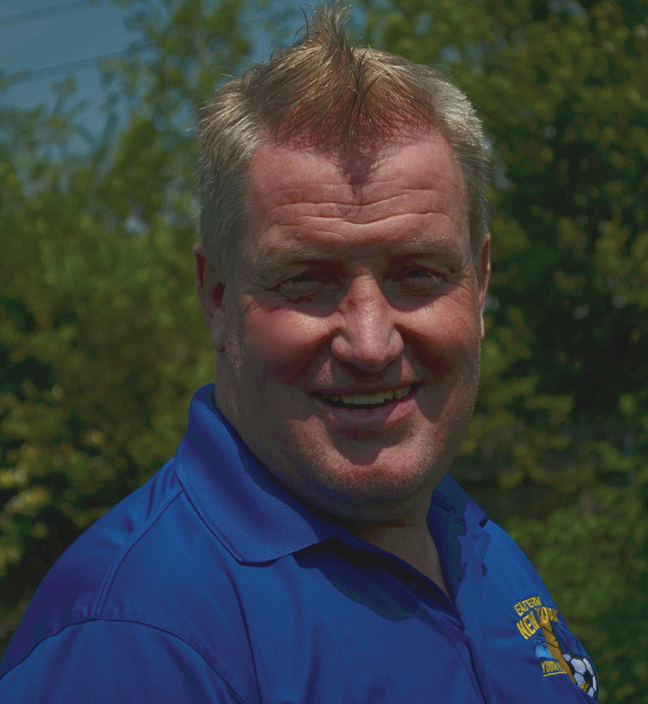
Over the last 30 years the number of professional trainers working in ENYYSA and indeed throughout the country has exploded. The reasons for this change in the culture of who teaches the game seem obvious:
• Soccer parents want an educated, qualified and licensed trainer to help fulfill their child’s potential in the game.
• Parent coaches have less and less time to give to coaching as their free time has dwindled.
• Soccer parents are tired of the pressure placed on them by other parents in the group (playing time, win/loss record), which has led to many not wanting to coach anymore.
• Fewer job opportunities for college players, who then recognize the opportunity to earn some money because they played the game. Reward is high and demand is often very low.
• A mass of training companies all competing to generate large profit margins so when hiring staff, look for nothing more than “Have you ever kicked a ball?”
• The culture of parents chasing the scholarship dream has helped promote the idea of professional trainers. A consumer base that seems willing to throw money at anyone with an accent who can kick a ball.
The dictionary definition of professional reads as follows:
professional [pruh-fesh-uh-nl]
- following an occupation as a means of livelihood or for gain: a professional builder.
- of, pertaining to, or connected with a profession.
Professional studies:
- appropriate to a profession: professional objectivity.
- engaged in one of the learned professions: A lawyer is a professional person.
- following as a business and occupation ordinarily engaged in as a pastime: a professional golfer.
I believe, in addition, that the definition of professional soccer trainer must involve the words or phrases below.
- Formal education and ongoing training.
- Dedication to tasks.
- Innate desire to become as qualified as one can in the chosen field.
- Fair and reasonable reimbursement for work provided.
- Desire to uphold a high level of ethical standards to protect the profession (job)
I don’t believe that anyone can be considered a professional simply because they either get paid to do a job they have not trained to do or simply have some experience within the field. I have been on lots of airplanes, yet I still could not fly one. Teaching the fundamental skills and tactics of the game in an age-appropriate, developmentally fun manner must be the task of educated coaches.
The debate on the positives and negatives of more trainers working with teams of all ages and levels is an ongoing and interesting one, which motivated parents and team managers to be involved in. The minimum criteria which should be considered when employing a trainer are:
1. Background check.
2. Insurance coverage.
3. Level of First Aid and CPR training.
4. Teaching and education background.
5. Age-appropriate coaching license. (year obtained)
6. Coaching licenses obtained and kept current
7. Last coaching education opportunity attended.
8. Playing experience and level of play.
9. Economics of situation. Can the team afford the cost of the trainer without forcing hardship on individuals within the team?
The game is bleeding players with more and more clubs struggling to field teams at older ages and an ever-increasing number of players leaving the game. With this bleak reality facing all those involved and concerned about the growth of the beautiful game, we must do all within our power to ensure that all soccer training environments are good experiences. Carefully examining the trainer issue is an effective way to try to ensure that youth players are placed in effective and fun training sessions.
ENYYSA has a trainer certification program which will help team managers and soccer parents easily view a list of professional trainers who have had a background checks, insurance checks and their coaching license verified. This part of our website is a valuable resource for all soccer parents.
I would also encourage all soccer parents to find the time to observe at least one soccer practice a season and in so doing offer the following checklist which may help in forming a sensible evaluation of what they see:
- There should be NO LAPS, NO LINES, NO LECTURES.
- Activities chosen and progressions used should look like the game.
- Ages 5-12 players should be touching ball hundreds of times in each session as ball mastery is needed before they can look up and scan.
- There should be no elimination games where a player is forced to sit out and watch as the other kids play.
- The coach should have a deep knowledge of the fundamental components of the skills of the game. As an example, in controlling the ball the first thing is being on our toes so you can move to get in line with the path of the ball.
- The coach should be attempting to use questions which encourage players to think and solve problems rather than simply give orders.
- Typically, practice should get more complicated as it develops.
- Physical activities should never be used as a punishment.
- The players should spend more time “doing” than listening.
- The following data is worth recording when observing a session –
A. Ball rolling time – for how long the ball was involved.
B. Individual players coached (should be all)
C. Specific and clear coaching points made.
D. Level of challenge – was it game like?
For parents or coaches who wish to have more guidance in terms of developmentally appropriate content, the new U.S. Soccer Grassroots and D License course would be a good place to start.
